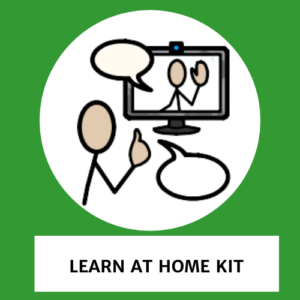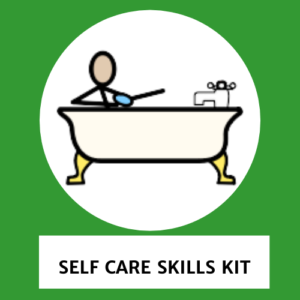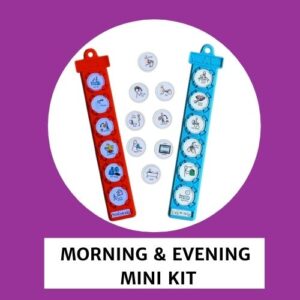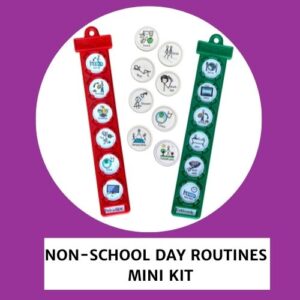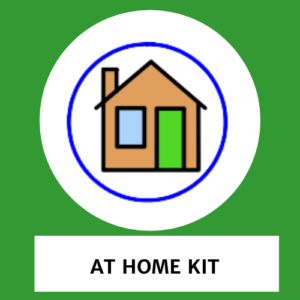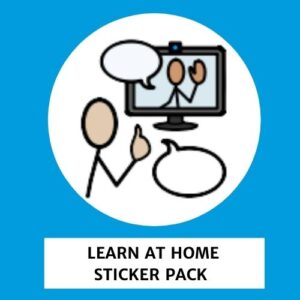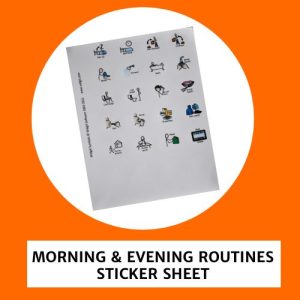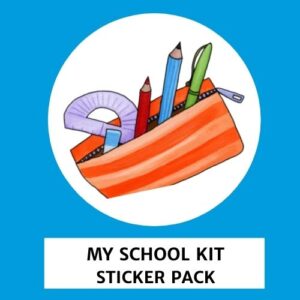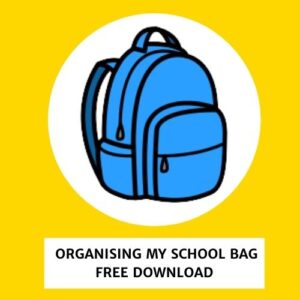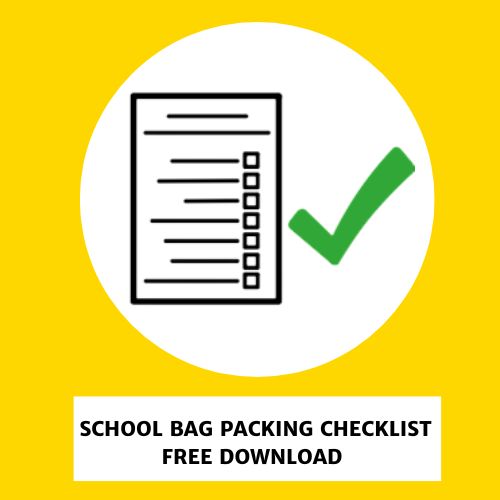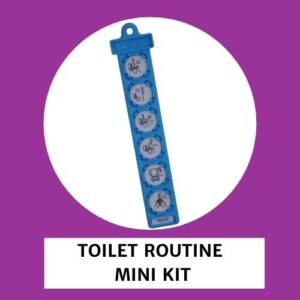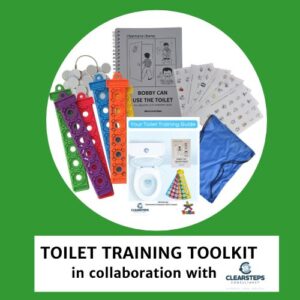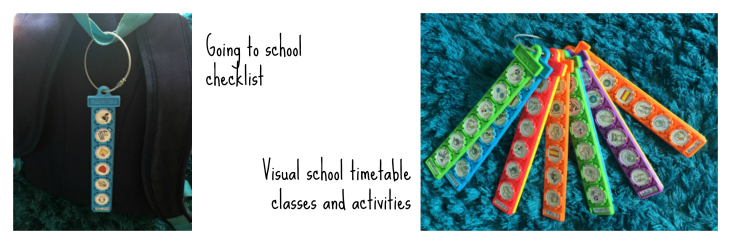
“I’m feeling worried about eating in the canteen.”
“I am concerned that the lessons are going to be a long time.”
“I worry about wearing my blazer all day.”
These were some of the worries my autistic son Tom had when he was moving from his beloved small and familiar mainstream primary school to a much larger secondary school.
The move from primary to secondary school is one of the major transitions in a child’s life. All children are likely to feel some level of worry about this move but for many children on the autistic spectrum, who crave stability and predictability like Tom does, this transition can be particularly difficult.
Secondary school transition issues
Like many children with autism, Tom has anxiety about the unknown and finds it difficult to think flexibly. He felt safe and secure with familiar routines established in primary school. Not being able to predict what might happen in his new secondary school and the thought of dealing with change and different rules was a real worry to him.
As a parent, my worries were mainly around his lack of social understanding, his communication difficulties, and his sensory challenges.
How would he:
- cope with the many new social situations he would encounter in secondary school?
- manage his feelings and emotions when things didn’t go as planned?
- deal with the increased sensory demands of his new environment?
Preparation is key
Every child with autism is different so a ‘one size fits all’ approach to transition is therefore not going to work. It’s vital that transition planning should be personalised to each child. By preparing your child as much as possible beforehand using some of the tips we’ve listed below, we hope you’ll be able to make those first days and weeks in the new school a lot less worrying for you and your child.
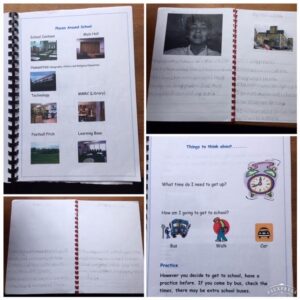
Top 10 transition tips
Tip #1
Arrange for your child to visit their new school several times before they start and at different times of the day e.g. lunchtime, breaktime and during lessons. Tom made frequent, short visits which helped make his new school more familiar to him and took away some of the worry he felt about eating his lunch in the canteen.
Tip #2
Make a “My School transition booklet” which your child can keep and use as they need in order to reduce anxiety.
Tom’s booklet included a map of the layout of the school, photographs of key staff (particularly the teaching assistants that were going to support him) and photographs taken of him in the important places, like the school canteen, main hall, classrooms and a safe place for times of stress.
A photograph of Tom on the stairs in the school corridor with his written note of the correct corridor etiquette – “walk on the left hand side so we don’t get squashed and we can let other people pass” was a simple inclusion in the booklet but meant that he knew what was expected of him when the corridors filled with students.
Tip #3
Establish a link with a member of staff who can act as a mentor and home-school liaison. Set up a home-school book to pass on information about any worries/concerns or any relevant developments at home.
Tip #4
Create a personal profile written with the help of your child to include all the information new staff should know about them. Tom’s profile mentioned his need to have frequent movement breaks and his worry about the long lessons.
Tip #5
Get used to a homework routine in advance of the new school start. Start simply with a 10-15-minute task at a regular time each evening in a quiet environment.
Tip #6
Make a visual timetable showing the school day to make lesson order & break times more predictable. The TomTag School Timetable kit is ideal for creating portable and personalised timetables for your child without the hassle of printing, laminating or Velcro!
Tip #7
Practice the journey to and from school, making sure your child knows the location of bus stops, road-crossings, meeting points or anything else significant on their journey.
Tip #8
Familiarise your child with their new school uniform and deal with any irritating seams or labels. Tom practised wearing his blazer at home so that he got used to how it felt and was also told he could take it off during lessons.
Tip #9
Practice packing the correct items for school. The TomTag school bag packing checklist would be perfect for this!
Ask your child’s current primary school to work on preparing your child for the transition by including activities around organising and managing their own items at school.
Tip #10
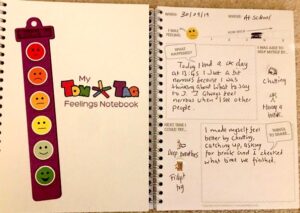 Set aside time to discuss your child’s worries and concerns about the transition. Encourage them to write down or draw about any concerns they have about moving to their new school. Remind them of relaxation and self-help techniques they could use if they are anxious. The TomTag Feelings Notebook is a helpful place to record worries and concerns.
Set aside time to discuss your child’s worries and concerns about the transition. Encourage them to write down or draw about any concerns they have about moving to their new school. Remind them of relaxation and self-help techniques they could use if they are anxious. The TomTag Feelings Notebook is a helpful place to record worries and concerns.
Transition to secondary school resources
The Autism Education Trust also has some useful resources for parents dealing with transitions.



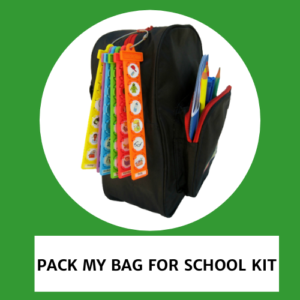
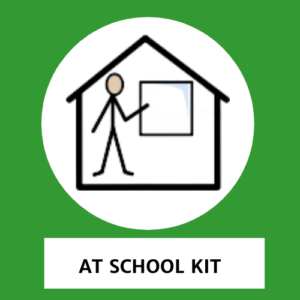
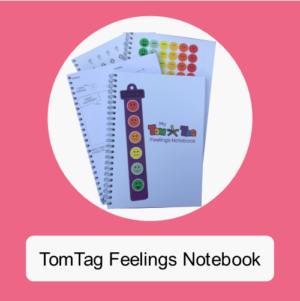
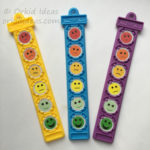
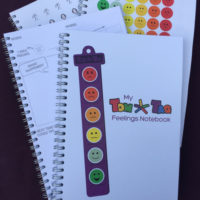
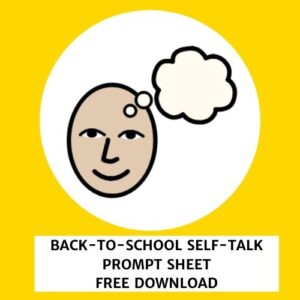
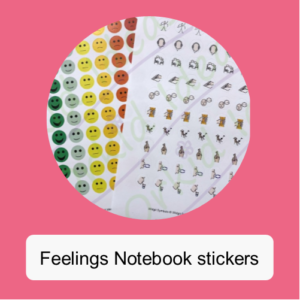

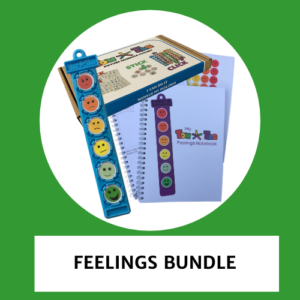

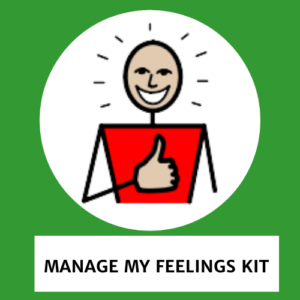
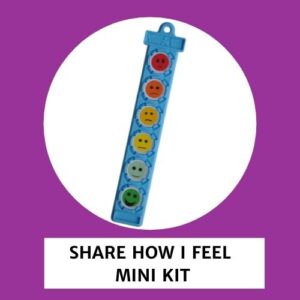


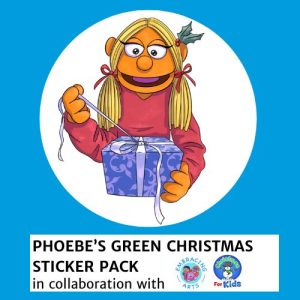

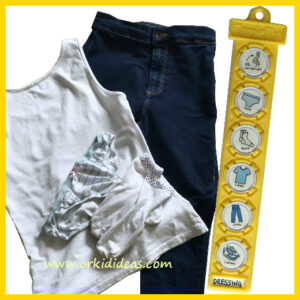 Keep another checklist in the bedroom that will show your child what clothes they need to wear and what they should put on first. This avoids the pants over trousers scenario!
Keep another checklist in the bedroom that will show your child what clothes they need to wear and what they should put on first. This avoids the pants over trousers scenario!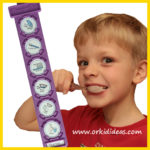 Taking care of personal hygiene is a very important life skill for all our children to learn. We perform these tasks for ourselves everyday without needing to think about exactly what we’re doing.
Taking care of personal hygiene is a very important life skill for all our children to learn. We perform these tasks for ourselves everyday without needing to think about exactly what we’re doing.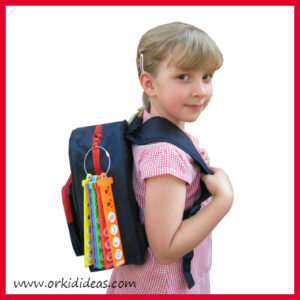 Giving your child the responsibility for finding and packing everything they need for school might seem like a crazy idea but even the youngest or most disorganised child can soon get the hang of it, increasing their independence and reducing anxieties that occur over forgotten items.
Giving your child the responsibility for finding and packing everything they need for school might seem like a crazy idea but even the youngest or most disorganised child can soon get the hang of it, increasing their independence and reducing anxieties that occur over forgotten items.
